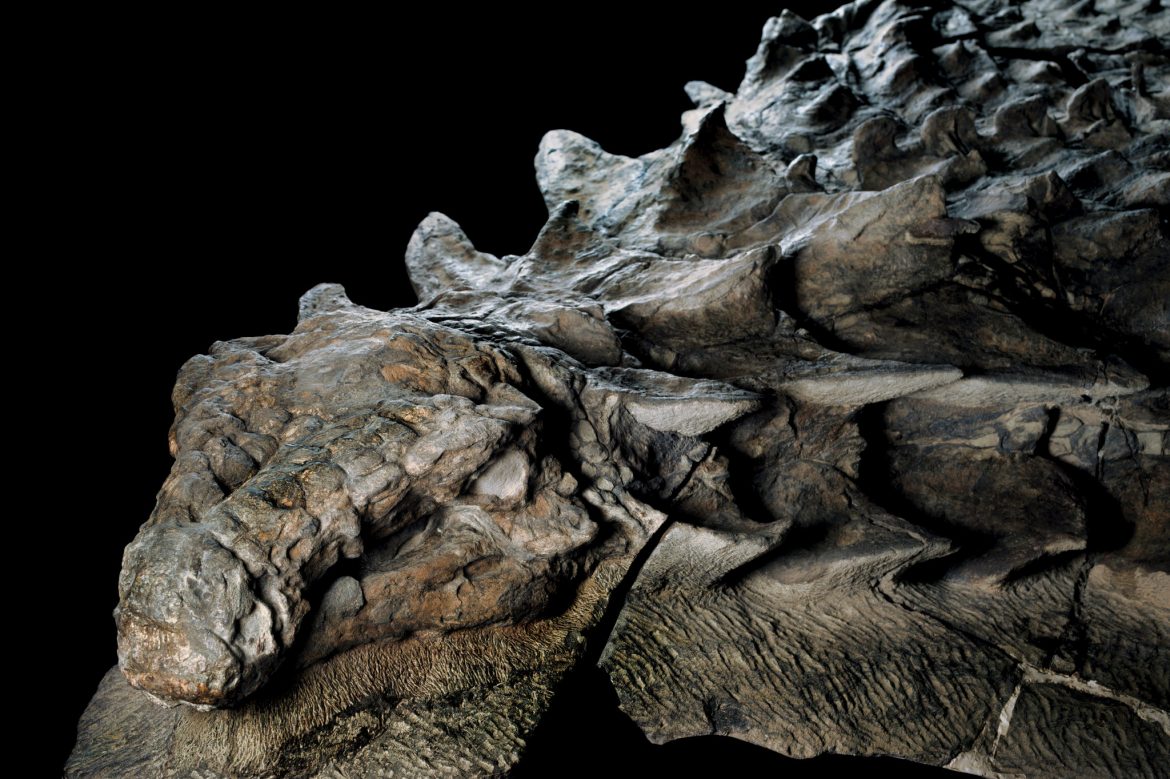
New Dinosaurs Unearthed
Two important dinosaur fossils have been unearthed in recent months, one in Europe and one in the Americas. One of these two may receive the title of the largest dinosaur fossil ever found in Europe, and perhaps in the world, while the other is possibly the best-preserved mummified fossil ever found.
The fossil of a Sauropod, unearthed by Portuguese and Spanish palaeontologists in the backyard of a house in Portugal’s Pombal region, belongs to a herbivorous dinosaur that lived 150 million years ago, with a height of 12 metres and a length of 25 metres. According to Elisabete Malafaia from the Faculty of Sciences at Lisbon University, it is one of the largest specimens discovered in Europe, and perhaps in the world. Only one rib of the specimen is three meters long!
Dinosaurs of the sauropod group are known as the largest terrestrial creatures to have ever lived on Earth. The fossil has a very long neck and tail, a relatively small head, and four thick legs carrying an enormous body. Fossil remains suggest that the species lived on all continents except Antarctica, and its lineage continued for a hundred million years, from the Lower Jurassic to the Upper Cretaceous.
Another fossil unearthed in Canada by researchers from England’s University of Reading is thought to be the first complete dinosaur fossil found in mummified form. The “mummy” is thought to belong to a young duck-billed Hadrosaurus species, which lived about 77-75 million years ago. “It’s so well preserved you can see the individual scales,” said Brian Pickles, one of the researchers, “we can see some tendons and it looks like there’s going to be skin over the entire animal.” It’s possible that even some of its internal organs were preserved, which, if so, could offer significant findings in terms of dinosaur anatomy.
The Hadrosaurus specimen, thought to be 4 metres tall, was found by chance on the side of a slope during a field survey by an international team in Dinosaur Provincial Park in Alberta, Canada. Adults of this species can grow up to 9.7 metres tall. Although it is difficult to define the exact species yet, Pickles reports that bone analyses may reveal brand new findings, as fossils of young Hadrosaurus individuals are very hard to come by on the North American continent. When the animal died 76 million years ago, it probably immediately got covered over by sand and silt, so it remained this well-preserved. It is also possible that it was killed and buried by the river bank as a result of a landslide.
It’s not the first time a mummified dinosaur fossil is unearthed. A small Psittacosaurus fossil previously found in Germany, and a Borealopelta fossil unearthed in Canada were also very well-preserved. However, the German specimen is quite small, and the Canada specimen is missing a lot of its parts.
The mummified Hadrosaurus will soon be analysed by scientists in the laboratory and then exhibited at the Royal Tyrell dinosaur museum.
REFERENCES
- 1. https://phys.org/news/2022-08-skeleton-huge-dinosaur-unearthed-portugal.html
- 2. https://ucmp.berkeley.edu/diapsids/saurischia/sauropoda.html
- 3. https://phys.org/news/2022-09-dinosaur-mummy-theyve-dinosaurs.html
